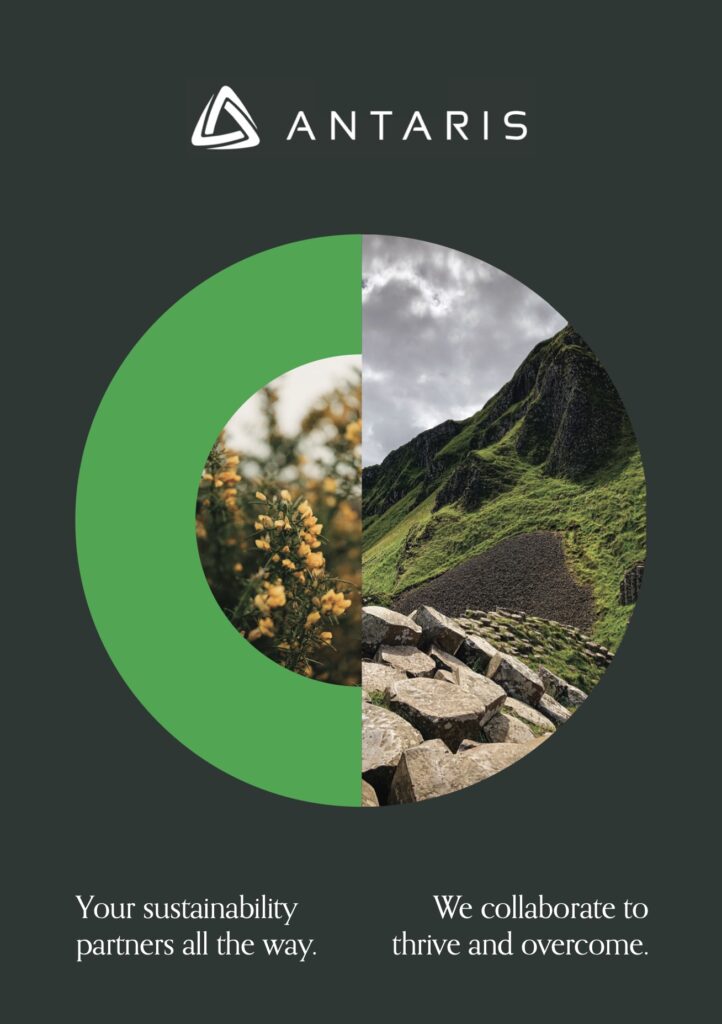This blog series is aimed at providing a summary of key elements of the recast Energy Efficiency Directive (EU) 2023/1791, which was adopted by the European Parliament and the Council earlier this year, has been published in the EU Official Journal on 20th September and came into force 20 on the 10th October 2023. After it enters into force, EU Member States will have two years to transpose most of the different elements in the directive into national law.
This fourth blog sets out to tackle the key points of Article 9.
Article 9 primarily focuses on the mechanisms and responsibilities of energy efficiency obligation schemes in achieving energy savings targets and promoting energy efficiency among different segments of the population.
Fulfilling Obligations:
Member States may use energy efficiency obligation schemes to achieve the energy savings required under Article 8(1).
Obligated parties within Member States must meet cumulative end-use energy savings requirements, and these savings should align with the targets in Article 8(1).
Implementing Authority:
Member States can appoint an implementing public authority to administer the energy efficiency obligation scheme.
Designating Obligated Parties:
Member States must designate obligated parties among various entities, including transmission and distribution operators, energy distributors, retail energy companies, and transport fuel distributors. Obligated parties must help final customers achieve the required energy savings, either directly or through certified savings from other parties.
Consumer Choice:
Retail energy companies designated as obligated parties must ensure their energy-saving efforts do not create barriers to consumers switching between suppliers.
Focusing on Vulnerable Groups:
Member States may require obligated parties to target energy savings among those affected by energy poverty, vulnerable customers, low-income households, and people living in social housing. Energy cost reduction targets and the promotion of energy efficiency measures are encouraged.
Collaboration with Social Services:
Obligated parties may collaborate with social services, local authorities, or municipalities to promote energy efficiency among vulnerable groups.
Specific actions, such as building renovations, appliance replacements, and financial support, should be considered to protect these populations.
Reporting:
Annual reporting is required regarding energy savings achieved among vulnerable groups and aggregated statistics on final customers.
Changes in energy savings must be documented.
Measurement and Verification:
Member States must establish systems for measuring, controlling, and verifying energy-saving measures, conducted independently of obligated parties.
Verification systems should consider carbon pricing for entities under both national energy efficiency obligation schemes and the EU ETS for buildings and road transport.
Reporting to the Commission:
Member States must inform the European Commission about the measurement, control, and verification systems in place and any identified issues.
Authorizing Third Parties:
Obligated parties may count certified energy savings achieved by energy service providers or other third parties toward their obligations.
Savings from one year can be counted as if they occurred in previous or subsequent years within specified limits.
Certification Process:
Certification of energy savings achieved by third parties should follow an approval process that is clear, transparent and minimizes certification costs.
Transparency:
Member States should publish annual reports on energy savings achieved by each obligated party and in total under the energy efficiency obligation scheme.
National legislation to transpose the above Article must be implemented by 11 October 2025 in all Member States.








